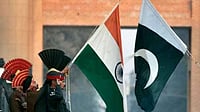Next time you have a swig of cold water from the plastic bottle next to your bed, think about the connection between the bottle and your bed sheet. None, you will say. But that’s not how GHCL thinks. For the company, there is a life-and-death link between used plastic and textiles. In fact, it recycles used plastic products, and uses the re-polmerised fibre to blend it with cotton to manufacture bedspreads. Passionate about environment, GHCL desires to make this world healthier and happier.
At the heart of the company’s philosophy is a vision to build on the four pillars of Sustainability, Traceability, Innovation, and Giving-Back. This is woven into the system of a “circular economy”, which goes beyond the usual corporate mechanism of take-make-dispose. Under the new global best practices, a company desires to take, make, dispose, and reuse. This is the idea behind products like Rekoop, which uses recycled plastic and mixes it with cotton in a 40:60 mix. This is sustainability at its best.
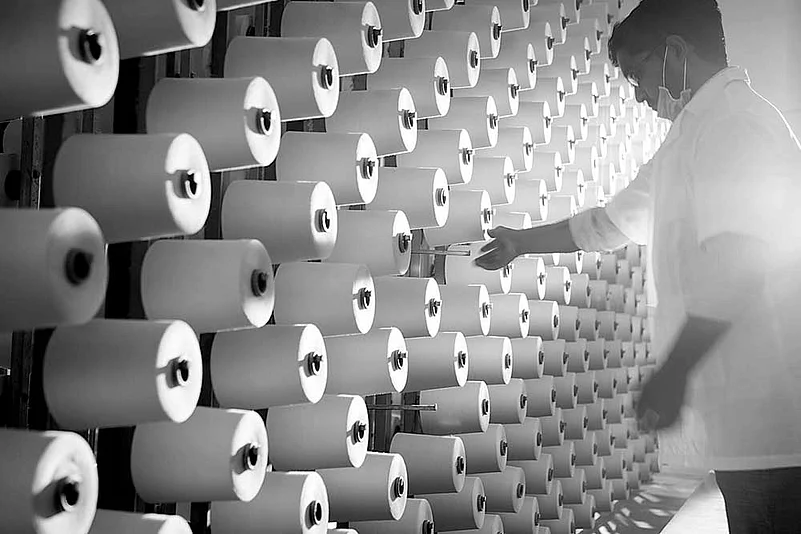
Just to give an idea, 36 recycled PET bottles go into the making of a single bed sheet. One ton of reused plastic is used in 10,000 bedspreads. This is equivalent to a landfill of 7.4 cubic yard. GHCL buys the polyester plastic from Reliance Industries, one of the largest producers of recycled material, and weaves it at its plant in Vapi. At present, it caters to the international markets, and the products are sold online (Amazon.com). “But we will soon ink partnerships with physical globally renowned retailers in different countries such as the US and Canada,” says Manu Kapur, President & CEO (Home Textiles), GHCL.
However, when Rekoop was launched, and the company felt proud about its contributions to the environment, it was surprised by the reactions from many online bloggers. The critics maintained that there was no big deal in using recycled plastic in a bed sheet, if it went back as waste after a year (30-50 washes). Once it was discarded, unlike the PET bottle, it couldn’t be reused. So, the only thing that GHCL achieved through its process was to postpone the inevitable, and that too only by a year.
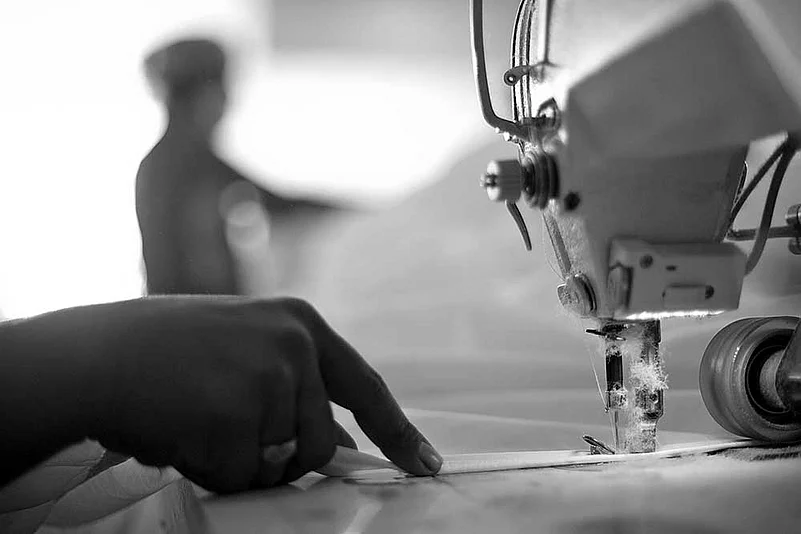
Clearly, recycling was not an end in itself. It was the only one step in the right direction. The company had to close the recycling loop. “We have partnered with a Japanese company that has the technology to de-polymerize the polyester from blended fabrics. The polyester can then be reused again, and the cycle can go on. The plastic never enters the waste chain again,” explains Kapur. Obviously, this throws up a new challenge – how to collect used bedspreads from the consumers, especially in developed nations?
According to GHCL managers, they are talking to global retailers to figure out ways so that the used products can be returned to us through a viable and practical mechanism. It will add to the costs, but that doesn’t bother GHCL. Even recycled plastic is costlier, but through cost-saving initiatives, and sales at premium prices to niche global markets, it managed to woo customers. So, it is confident that it can repeat it. However, the logistics of the collection of the used products will pose a huge challenge.

GHCL’s customers are largely young milennials, who are bothered about the environment, and wish to contribute to negate the effects of climate change and global warming. A dipstick survey found that their concerns related to cleanliness, toxicity, hand-feel, and durability. They seek originality and constant improvement in products. Hence, innovation is the name of the game. The company strives to come up with new ideas, and aims to launch a new collection twice a year – at the two annual home-furnishing events in New York.
For example, in its Cirkularity collection, alternate organic fibres are blended with cotton. These include something made from the bark of the eucalyptus tree, and hemp. “We also have a range that uses 100% organic cotton, where no chemicals are used,” reveals Kapur. In another collection, the company uses ‘Tai-Chi’ stones that are believed to release infrared energy. This is based on professional claims that the stones alter the wavelength, but are harmless in any other way. Sixteen of them are sewn into each bed sheet.
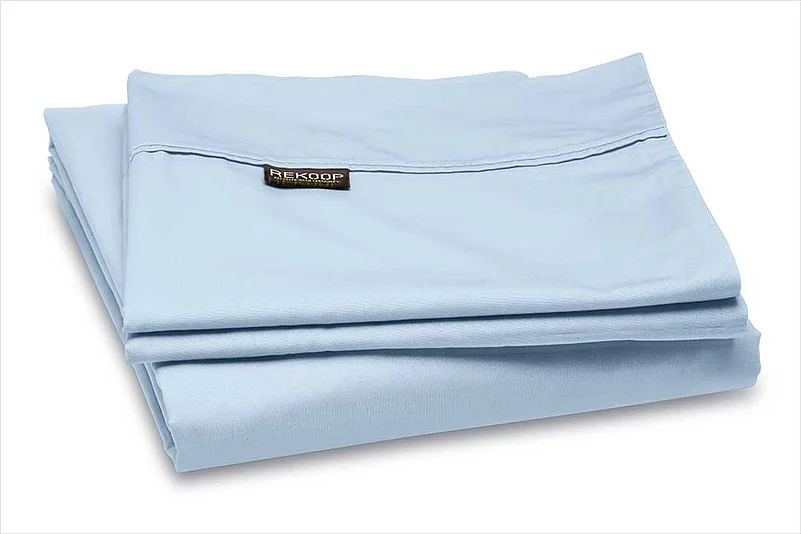
To further attract the young milennials, GHCL launched bedspreads, which give out unique and pleasant smells that include jasmine and vanilla, among others. In fact, each time, the sheet is crumpled or twisted, which is the case when one sleeps on them, the aroma is enhanced. The smells, which are infused through essential oils at the manufacturing stage, stay strong for at least 30 washes, after which their strength decreases slowly with each additional wash. For the users, it adds to the comfort and pleasantness of their sleep.
However, on of the most unique collection is Meditasi, which was launched in March 2019. The word means meditation in the Malay language, and has nine ranges that are connected to Buddhism. Nine, as we know, is an auspicious number. The Meditasi collection is related to health and wellness; it controls the radiation and temperature in the immediate environment. Sustainable materials are used, and the cotton is as soft as silk. In some of the ranges, the cotton is blended with copper infused polyester, and graphite infused polyester.

This brings us to the issue of traceability. This has become important because of several cases that revealed that some of the manufacturers or sellers, either by intent or accident, used materials that were either not genuine, or did not belie the claims made for the products. There was a huge controversy when a shipment to the US claimed to use 100% Egyptian cotton, but didn’t. Hence, to gain the trust and loyalty of the retailers, as well as buyers, it has become imperative to prove that the materials are genuine.
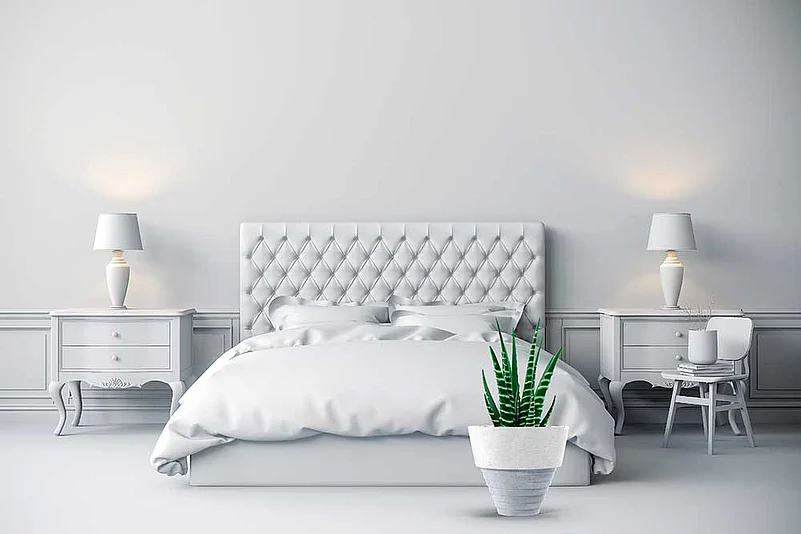
Fortunately, technology has allowed solve the issues with traceability. For instance, it “tags, tests, and tracks the originally recycled PET (polyester) fibre from the place of origin to the point of sale”. This inherent traceability “signature” is introduced at the stage when the polyester pellets are produced. Hence, the retailers and customers can verify and track each and every pellet that goes into the production of GHCL’s bed sheets. They have the power to ensure that the material is safe and authentic.

Similarly, in the case of its Nile Harvest collection, which uses genuine Egyptian cotton, a German technology is used to “establish the source”, as well as “secure complete traceability from gin to store”. An optical marker is injected into the fibre at the gin stage, which acts as an “optical fingerprint”. It is machine readable by special sensors, which can be either fixed or hand-held. The sensors have a lock and key mechanism to make them safe. “One traceable fibre in 2000 is enough. Even if the sensor reads a product as 99% genuine, its answer will be a no, i.e. it is not authentic,” explains Kapur.
Clearly, the philosophy within GHCL is its intent to become more sustainable in the future. In fact, the strict regulations that it pursues are higher than the laws in specific nations. This is because most global retailers have higher standards. In the near future, the company aims to to further reduce the use of water and chemicals, and ensures that every chemical that is uses has the highest standard of sustainability. “Did know that 3,000 litres of water is used to make a pair of jeans? We are doomed if we continue like this,” admits Kapur.


















